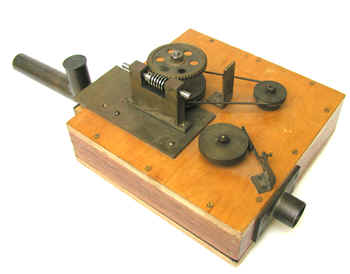Electroscopes
Introduction to Electroscopes
The Invention of Electroscopes
It is probably fair to say that the electroscope was invented in 1746 by the Frenchman Jean Nollet, but that the gold leaf electroscope (which is what we generally think of when we think of electroscopes) was invented by the Englishman, Abraham Bennet (Phil. Trans. 77, p. 26, 1787).
The Purpose of Electroscopes
The primary function of the electroscope has always been to demonstrate various electrostatic phenomena, e.g., conduction and induction of electric charges. Nevertheless, the electroscope has played a significant role in the measurement of radiation and radioactive substances. This was particularly true in the first few decades that followed the discovery of X-rays in 1895 by Wilhelm Rontgen and radioactivity in 1896 by Henri Becquerel. In fact, the electroscope was one of the most important devices used by these two men for their measurements. Even today, electroscopes are still used to measure radiation: the pocket dosimeters that many facilities assign to visitors are actually quartz fiber electroscopes!
The Sensitive Element of Electroscopes
The sensing element of the earliest electroscopes consisted of one or two thin metallic (e.g., gold) leaves. In the 1930s, those performing measurements of radiation and radioactivity began switching to quartz fiber electroscopes. The latter were rugged, easy to set up, and could be operated in any orientation. However, because the quartz fibers can’t be seen without the aid of a microscope, they don’t lend themselves to classroom demonstrations of electrostatic phenomena.
The Basic Principle of Operation
For simplicity, the following discussion assumes we are using a gold leaf electroscope.
The gold leaves (or leaf) are first given an electrostatic charge that causes them to be deflected from their normal resting position. Anything that then reduces this charge causes the leaves to fall back towards their original position. Radiation can do this if it ionizes the air in the vicinity of the electroscope’s leaves (or a component of the electroscope in electrical contact with the leaves). The rate at which the leaves move is a measure of the intensity of the radiation.
The movement of the leaf might be observed with or without the aid of a microscope. If a microscope were used, it would incorporate a scale inside the eyepiece. If the leaves were viewed by eye without the aid of a microscope, and quantitative measurements were needed, some sort of scale might have been positioned behind the leaf or leaves. On occasion, a telescope was used so as to observe the movement of the leaves at a distance. This, for example, could reduce the observer’s radiation exposures.
The General Construction/Shape of Electroscopes
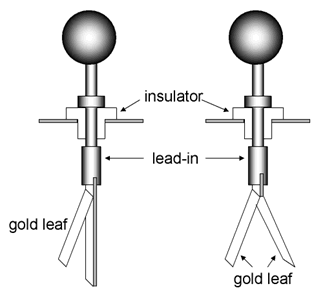
As a rule, an electroscope of the 1800s had a glass bell-jar shaped body and two gold leaves that were suspended from the bottom of a “lead-in” (aka conductor or support rod) that entered through the top of the electroscope. Either a metal sphere or horizontal flat disk (Volta plate) was connected to the top of the lead-in.
Electroscopes of the late 1800s and early 1900s tended to be box-like or cylindrical. The body was mostly metal with two opposite sides made of glass. Instead of using two gold leaves, these instruments often employed a single leaf attached at its top to a stationary flat metal strip (figure on left).
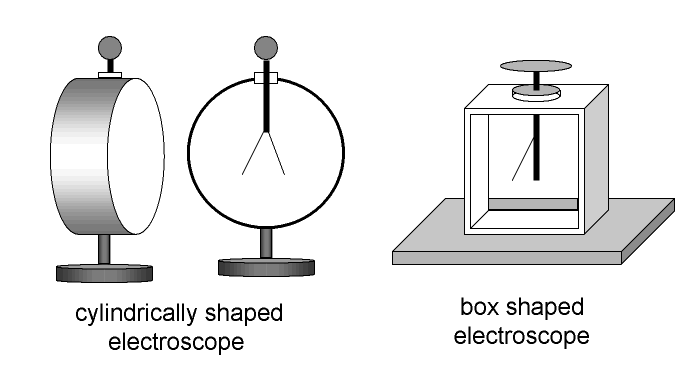
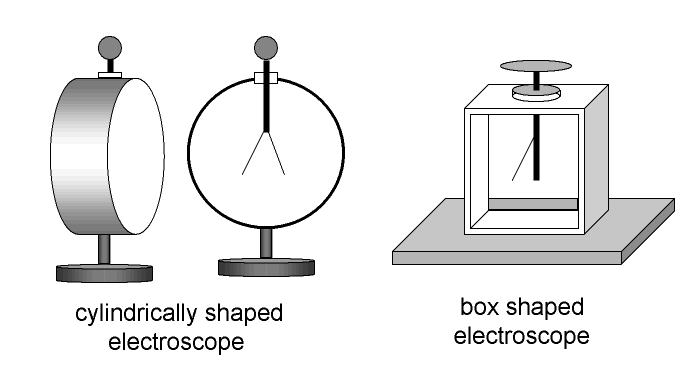
An important advantage of these cylindrically shaped and box shaped electroscopes is that the two parallel glass windows permit the electroscope to be used with a projection system. This would project an image of the leaf or leaves, and their accompanying scale (if they had one), onto a remote screen. In a classroom setting, this would allow everyone to see what was happening. Projection also enables very small movements of the leaves to be more accurately assessed.
Another way to observe very small deflections of the leaves would be to view them through a microscope. If the sensitive component were a quartz fiber instead of an aluminum or gold leaf (as in a Lauritsen electroscope), a microscope might be the only way to view it. In fact, a microscope might be an integral component of the electroscope—this would prevent the electroscope and the microscope from moving relative to each other while a measurement were being performed.
Electroscopes that were designed for measurements of radioactive substances were highly variable in their construction. While it is hard to generalize, they often employed a microscope to view the gold leaf or fiber, some sort of scale to permit quantitative measurements, and a drawer or chamber into which a radioactive sample could be placed. Although some commercially available instruments were specifically designed for measurements of radiation (e.g., Lind, Zeleny and Lauritsen electroscopes), it was often the case that the electroscopes were built by the researcher to meet their specific needs.
Isolating the Leaves to Increase Sensitivity
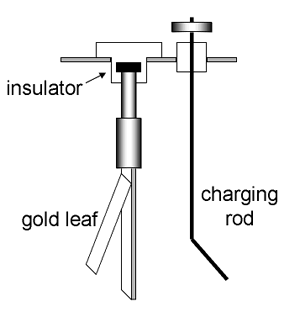
The sensitivity of some electroscopes could be increased by electrically separating the leaves from the lead-in by the use of an insulator. However, if this was done, it was necessary to employ a moveable rod for charging or grounding the leaves.
Electroscopes Designed for Electrostatic Measurements
-
Bennet Gold-Leaf Electroscope Bennet Gold-Leaf Electroscope
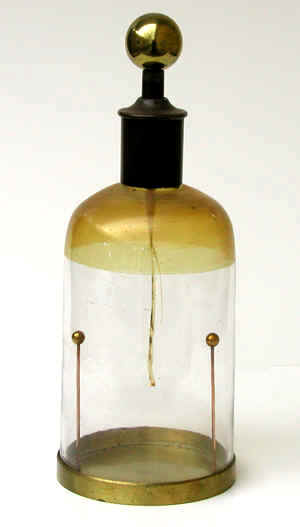
-
Braun Electroscope Braun Electroscope
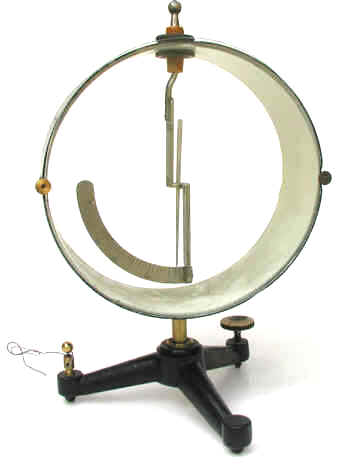
-
Chatlock's Gold-Leaf Electroscope by Griffin Chatlock's Gold-Leaf Electroscope by Griffin
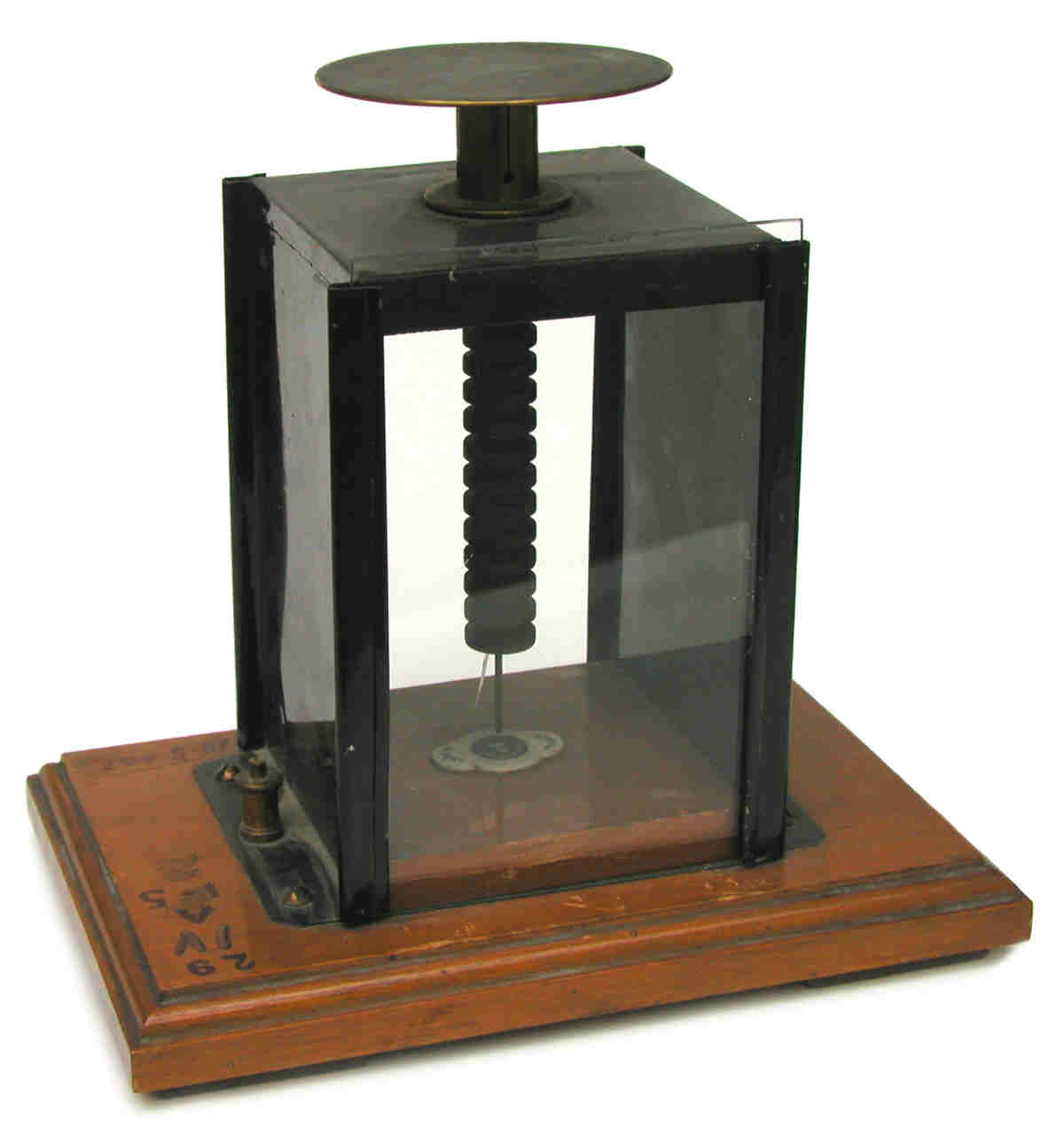
-
Cylindrical Beetz-type Electroscope Cylindrical Beetz-type Electroscope
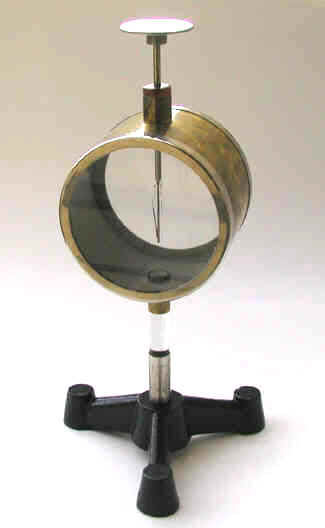
-
Cylindrical Beetz-type Electroscope Cylindrical Beetz-type Electroscope
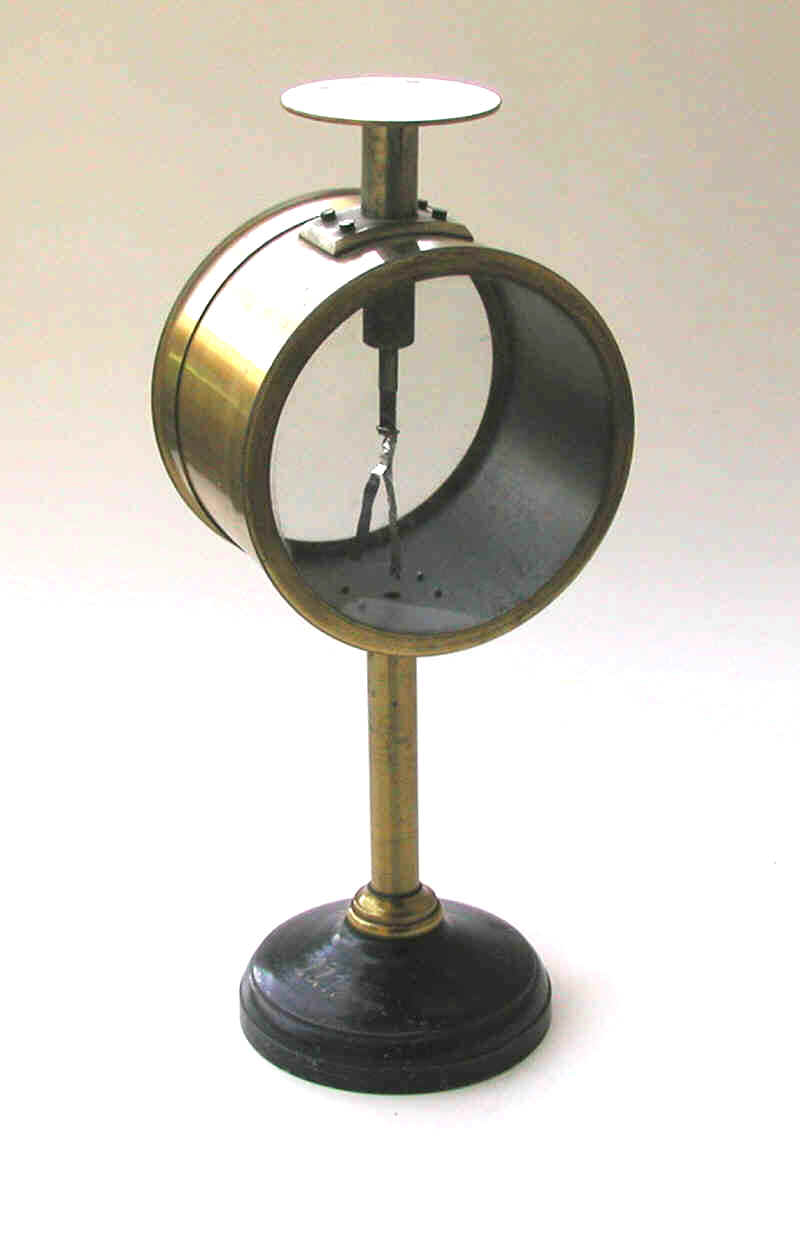
-
Czech Gold-Leaf Electroscope Czech Gold-Leaf Electroscope
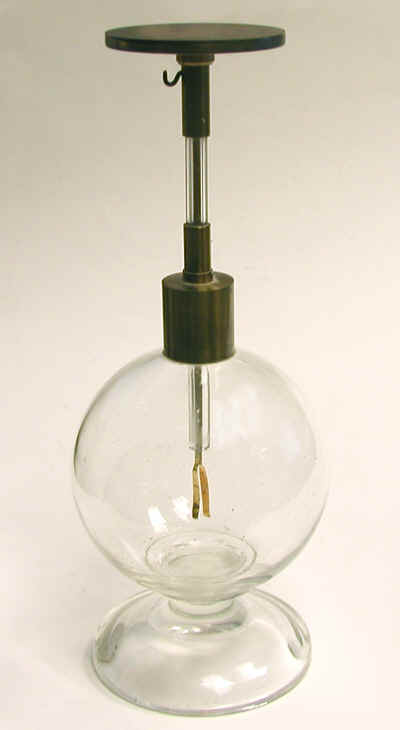
-
Electric Manufacturing Company Gold-Leaf Electroscope Electric Manufacturing Company Gold-Leaf Electroscope
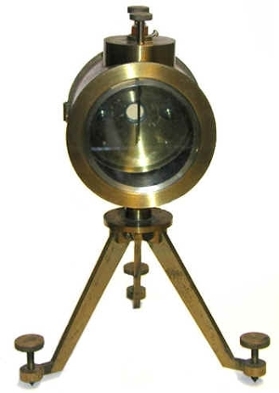
-
Gold-Leaf Electroscope Gold-Leaf Electroscope
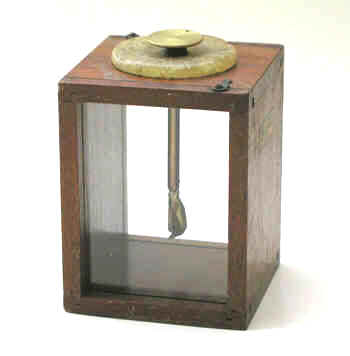
-
Kolbe's Electrometer/ Electroscope by Leppin & Masche Kolbe's Electrometer/ Electroscope by Leppin & Masche
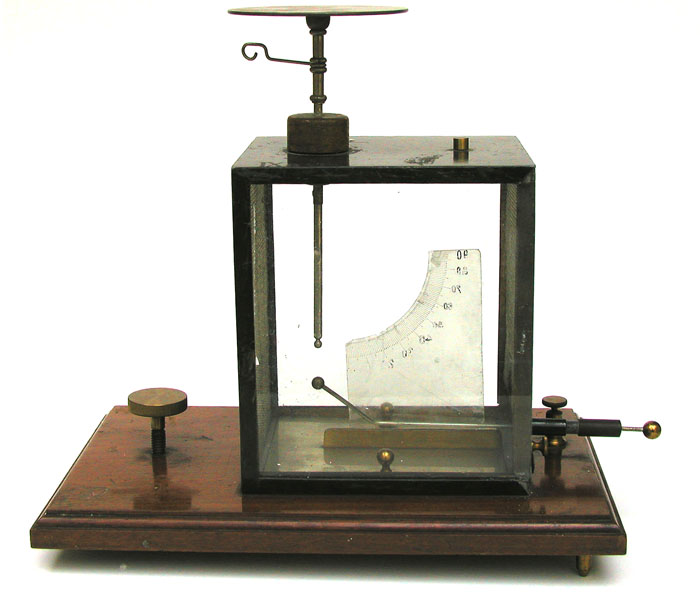
-
Kolbe's Electrometer/ Electroscope by Max Kohl Kolbe's Electrometer/ Electroscope by Max Kohl
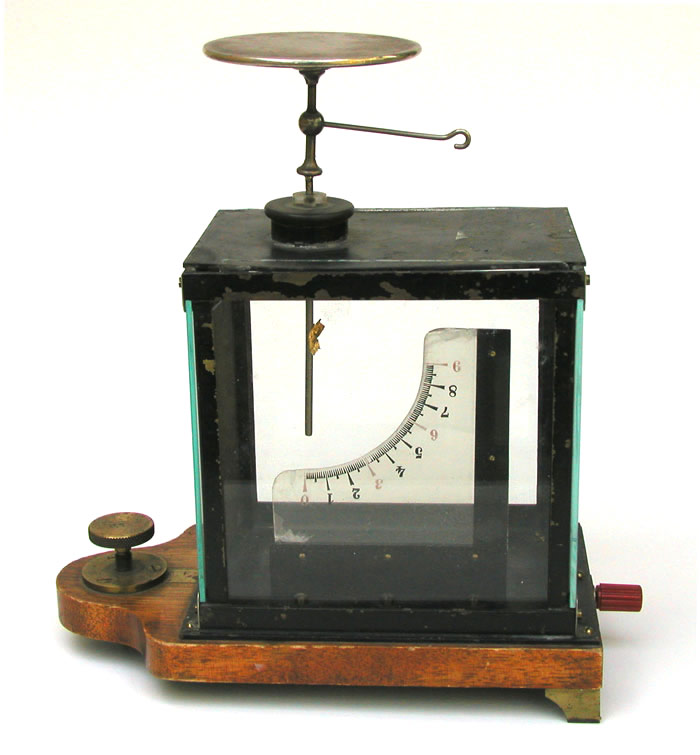
-
Projection Gold-Leaf Electroscope Projection Gold-Leaf Electroscope
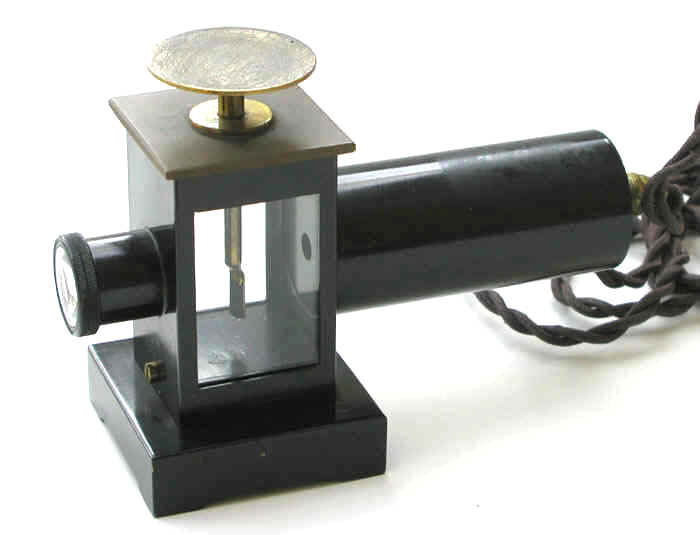
-
Volta-Type Condensing Electroscope Volta-Type Condensing Electroscope
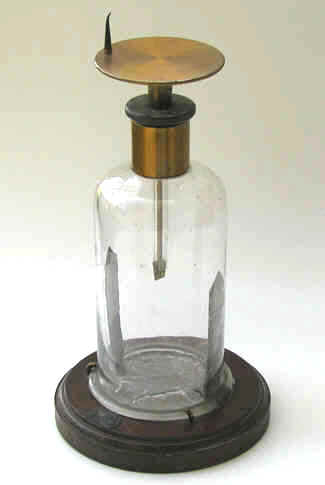
Electroscopes Designed for Measurements of Radioactivity
-
Art Snell's Hand-Built Electroscopes Art Snell's Hand-Built Electroscopes
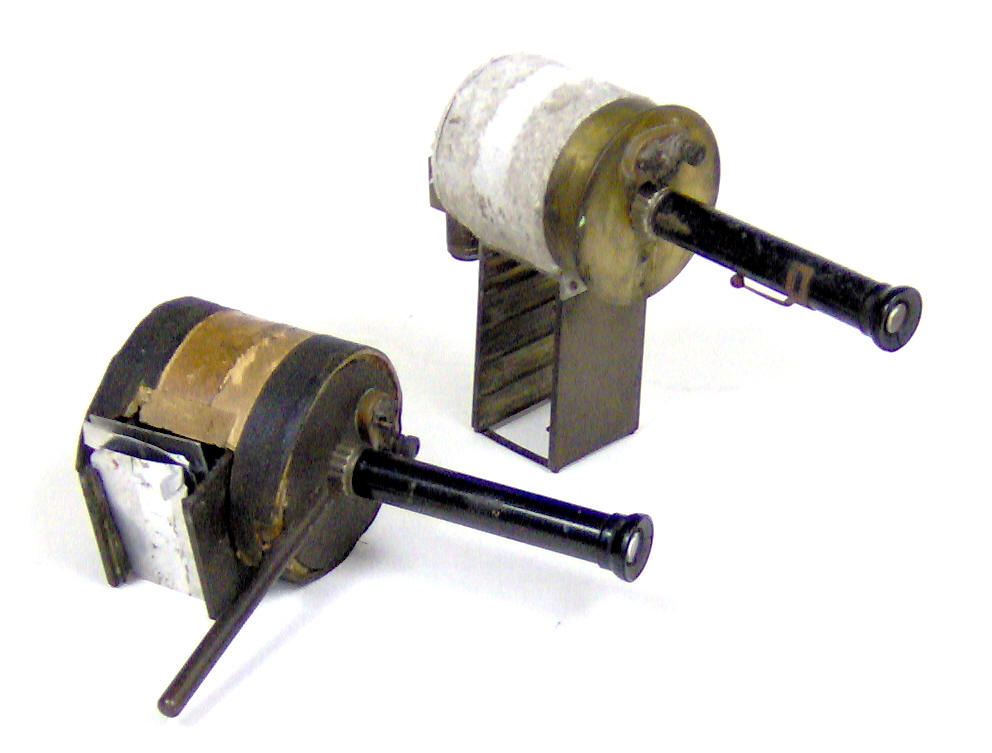
-
Electroscope for Measuring Radioactive Gases Electroscope for Measuring Radioactive Gases
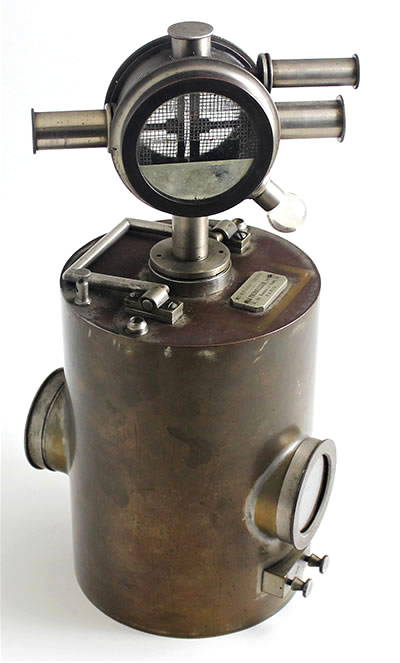
-
Electroscopes of Cheneveau and Laborde Electroscopes of Cheneveau and Laborde
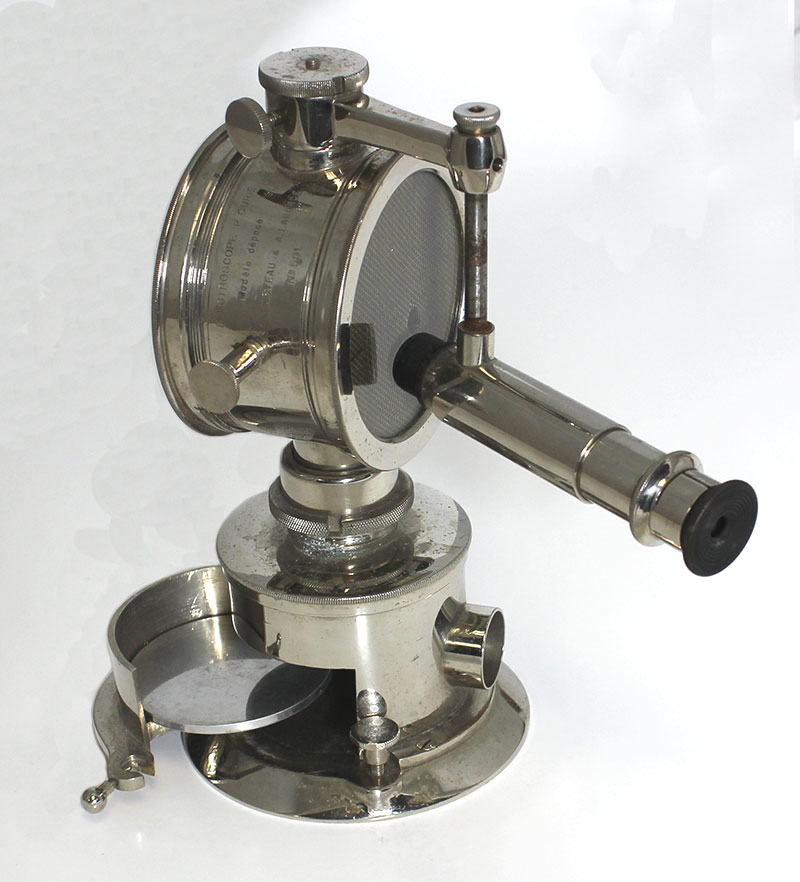
-
Exner Electroscope Exner Electroscope
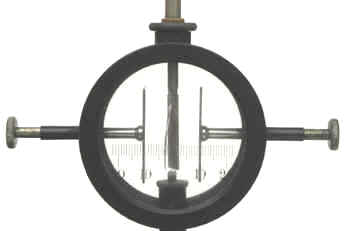
-
General Electric Radiation Monitor General Electric Radiation Monitor
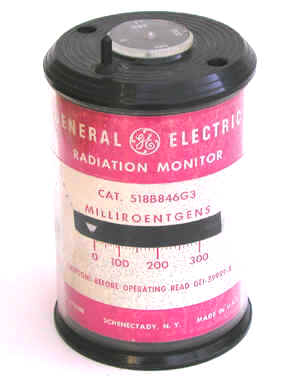
-
Gold Leaf Electroscope Gold Leaf Electroscope
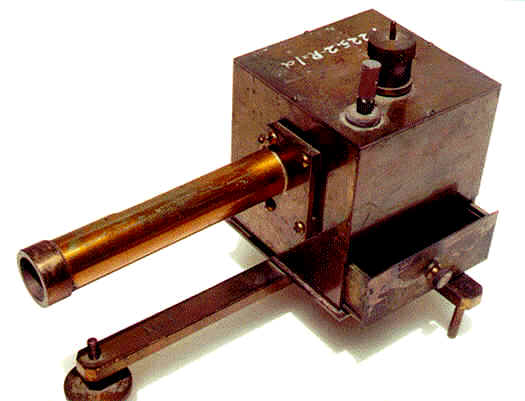
-
Landsverk Model L-64 Roentgen Meter Landsverk Model L-64 Roentgen Meter
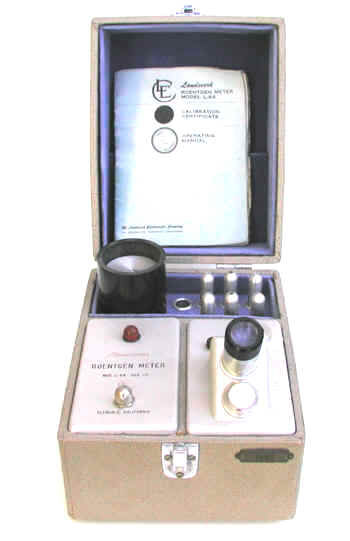
-
Landsverk Model L-75 Analysis Unit Landsverk Model L-75 Analysis Unit
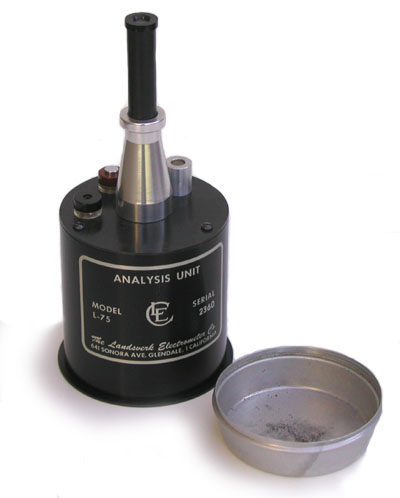
-
Lind Electroscope Lind Electroscope
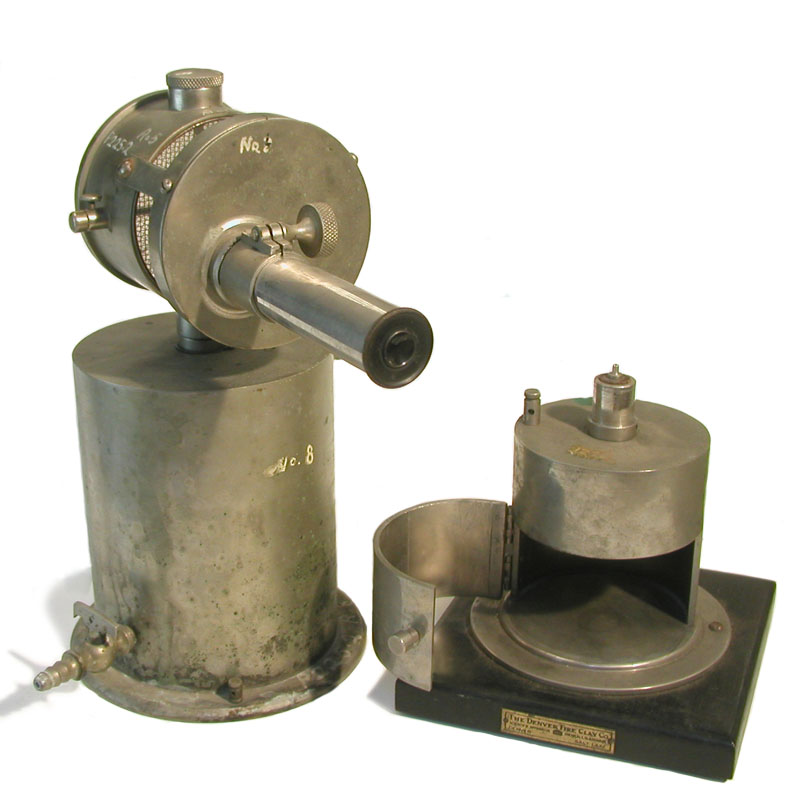
-
Model 2 Fred C. Henson Lauritsen Electroscope Model 2 Fred C. Henson Lauritsen Electroscope
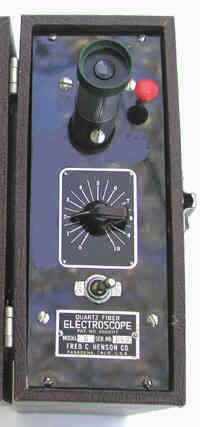
-
Modified Exner Electroscope Modified Exner Electroscope
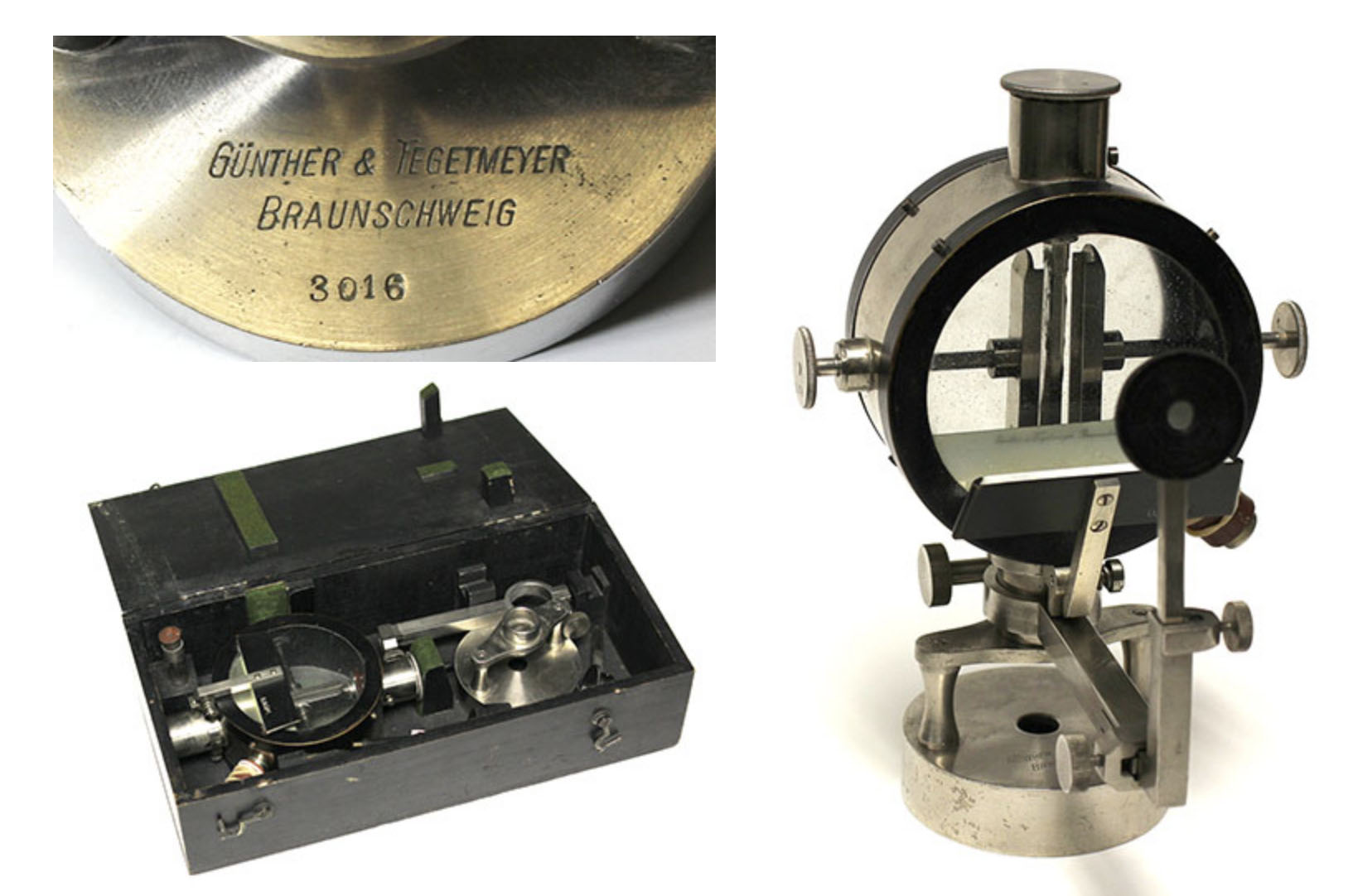
-
Robley Evans' Lauritsen Electroscope Robley Evans' Lauritsen Electroscope
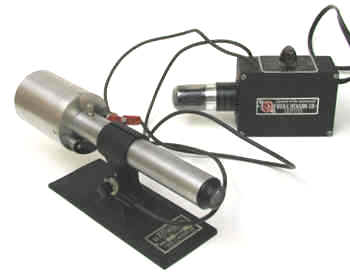
-
Wilfred Mann's NBS Electroscopes Wilfred Mann's NBS Electroscopes
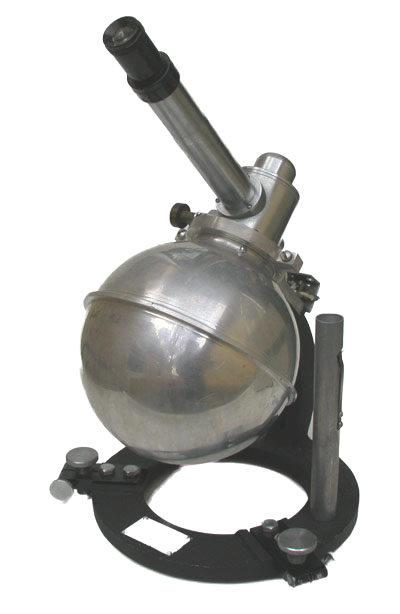
-
Zeleny Electroscope Zeleny Electroscope
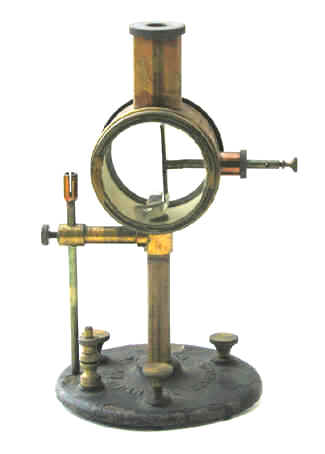
Related Items
-
16mm Camera for Recording Movement of Electroscope Fibers 16mm Camera for Recording Movement of Electroscope Fibers
